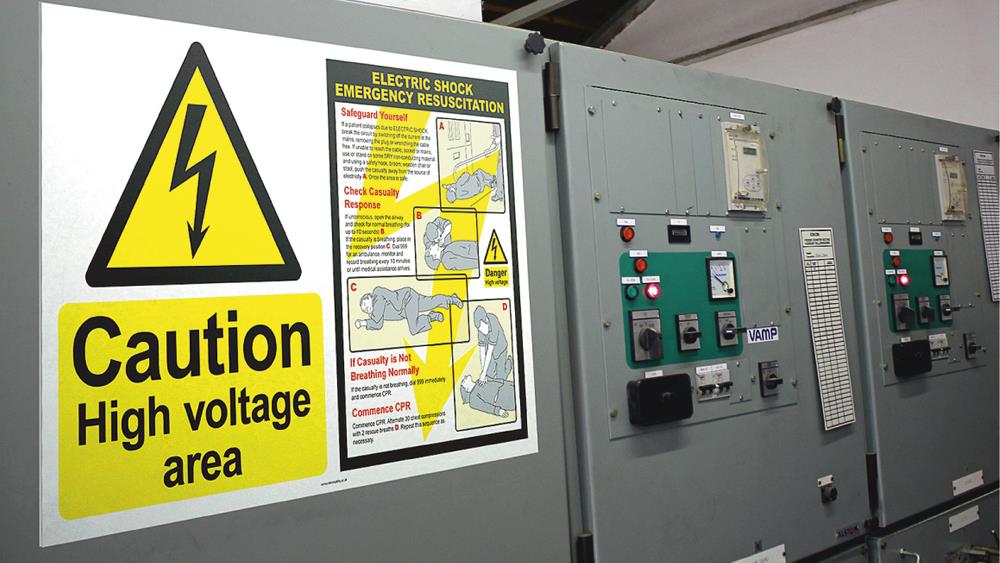

Reece Safety highlights how to keep safe while using machinery during construction
Construction sites are dangerous working environments and can present a range of hazards to employees, visitors, and the passing public.
Construction machinery can pose one of the biggest threats to the safety of persons operating the equipment and others close by, which means that machinery safety regulations and training should always be adhered to while machinery is present, regardless of whether it is in use.
Here is our advice to ensure safety while using machinery within a construction environment.
Ensure staff are trained correctly
Before operating machinery on a construction site, an induction and thorough training is essential, as no two environments are ever the same. In addition to this, site inductions are a legal requirement and are in place to ensure that employees are educated around site-specific health and safety rules and potential hazards.
It is important to ensure that everyone on the premises is confident in handing, shutting down and starting up machinery which will be used throughout construction projects, such as excavators, graders, and loaders to name a few. Thorough training will not only keep employees safe but will ensure workers are confident in operating equipment.
Report all site and machinery issues
Any issues with machinery should be reported to management and fixed before work with the equipment resumes. Even if the issue is small or could be easily overlooked, it is important to act on a potential hazard before it becomes dangerous. Issues such as worn or damaged electrical connections can cause life-threatening injuries if ignored. By reporting all problems to management, you are protecting other workers from potential harm, as well as increasing the longevity of the machinery if it is being well maintained.
Ensure lockout tagout is completed
To ensure each lockout is completed successfully, the correct equipment such as lockout tagout equipment from Reece Safety should be purchased and in place for all machinery where it is needed. This procedure has long been considered the safest way to isolate equipment prior to maintenance work or repairs taking place. Comprising of eight stages, this procedure is integral for protecting workers and outside contractors, from accidental re-energisation, which could result in injury or potentially fatalities. An effective lockout tagout routine should take place every time machinery requires maintenance or cleaning and when being left unattended.
The Lockout tagout procedure has more recently developed into Lockout Tagout Tryout (LOTOTO) with a requirement to try to restart the equipment and test it for potential re-energisation and any residual energy to ensure that the procedure has been successful. The full lockout tagout procedure is implemented using these eight steps:
To ensure each lockout is completed successfully, the correct equipment such as lockout tagout equipment from Reece Safety should be purchased and in place for all machinery where it is needed. By implementing this procedure and investing in the correct equipment, the likelihood of machine-related injury is greatly minimised.
Always wear correct PPE
It is vital to wear personal protective equipment while working within construction, whether working on machinery or not. PPE should reflect the hazards that are present in the working environment, so be mindful to wear the correct PPE for each task; this will vary depending on the risks to safety and hazards present – e.g. open flames, corrosives, or heavy equipment.
Common hazards within the construction industry such as falling debris, heavy objects, and tripping can be minimised by the employee wearing the correct PPE such as hard hats, steel toe boots and body protection.
When working with machinery, always adhere to safety measures and training to protect yourself and others.